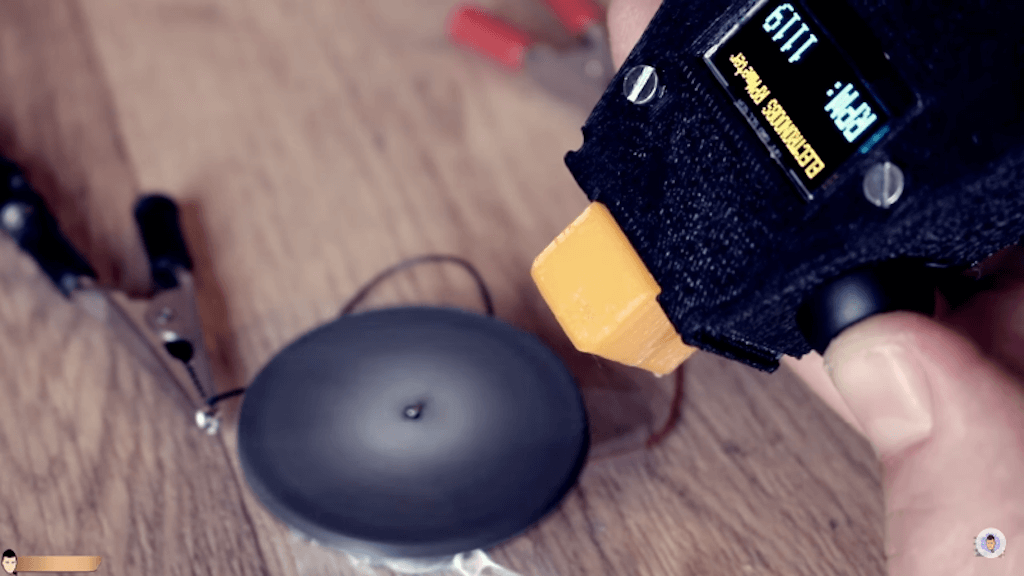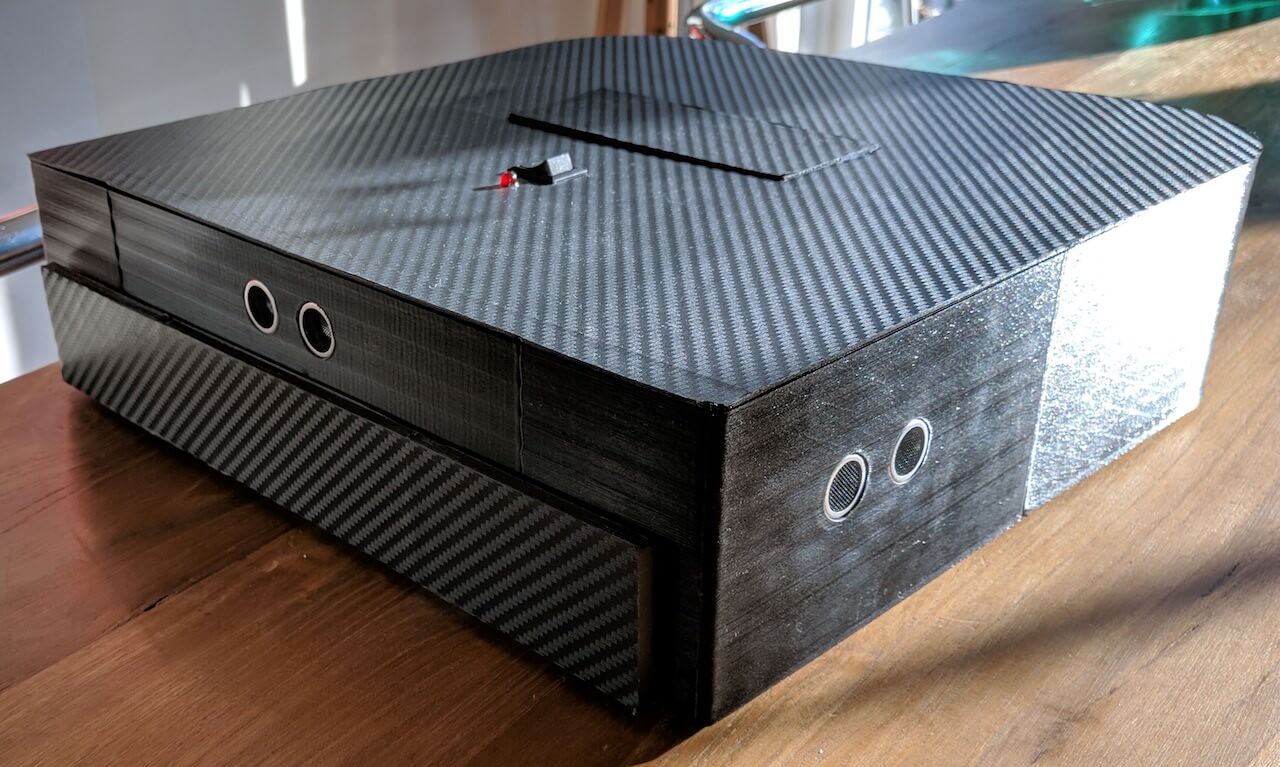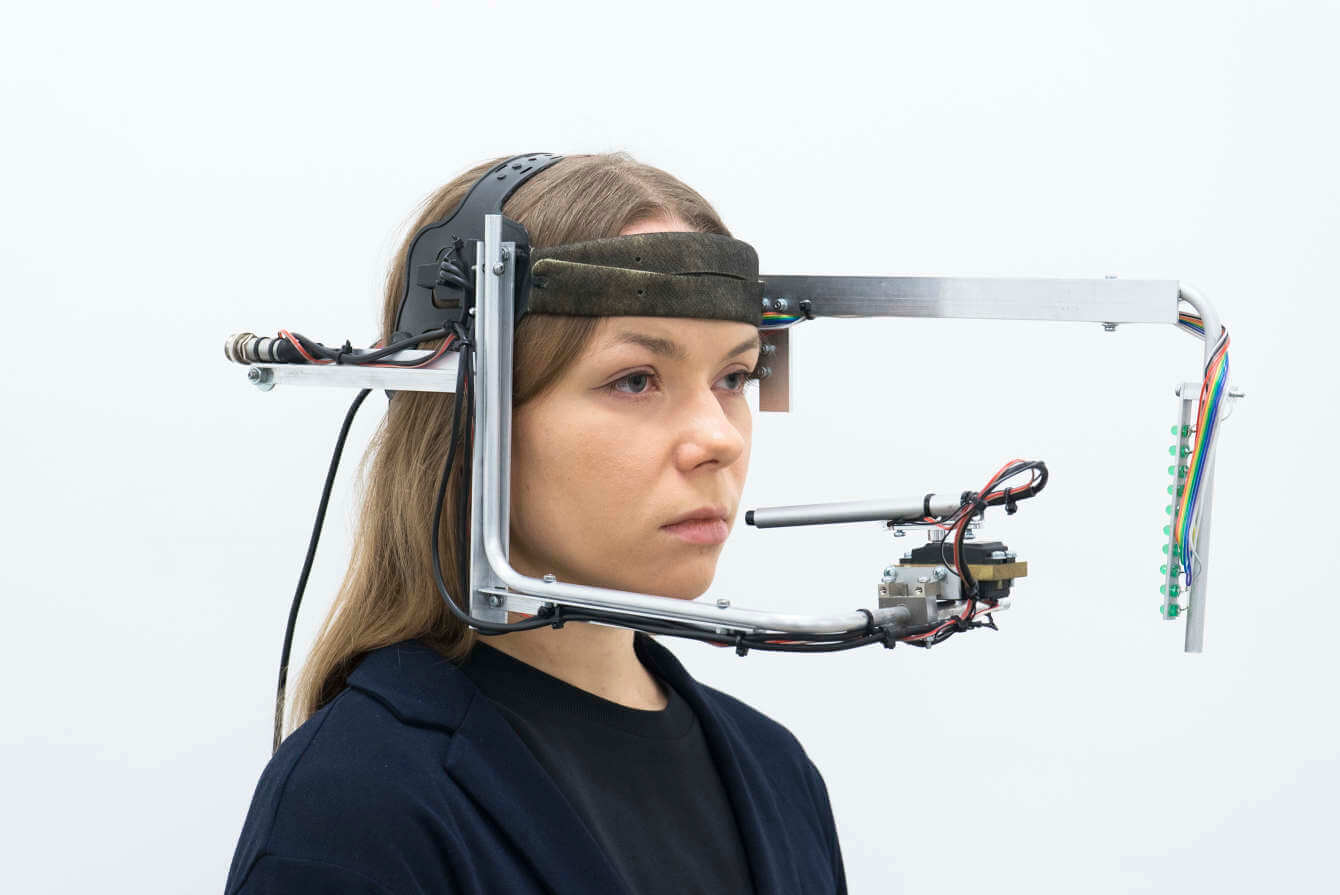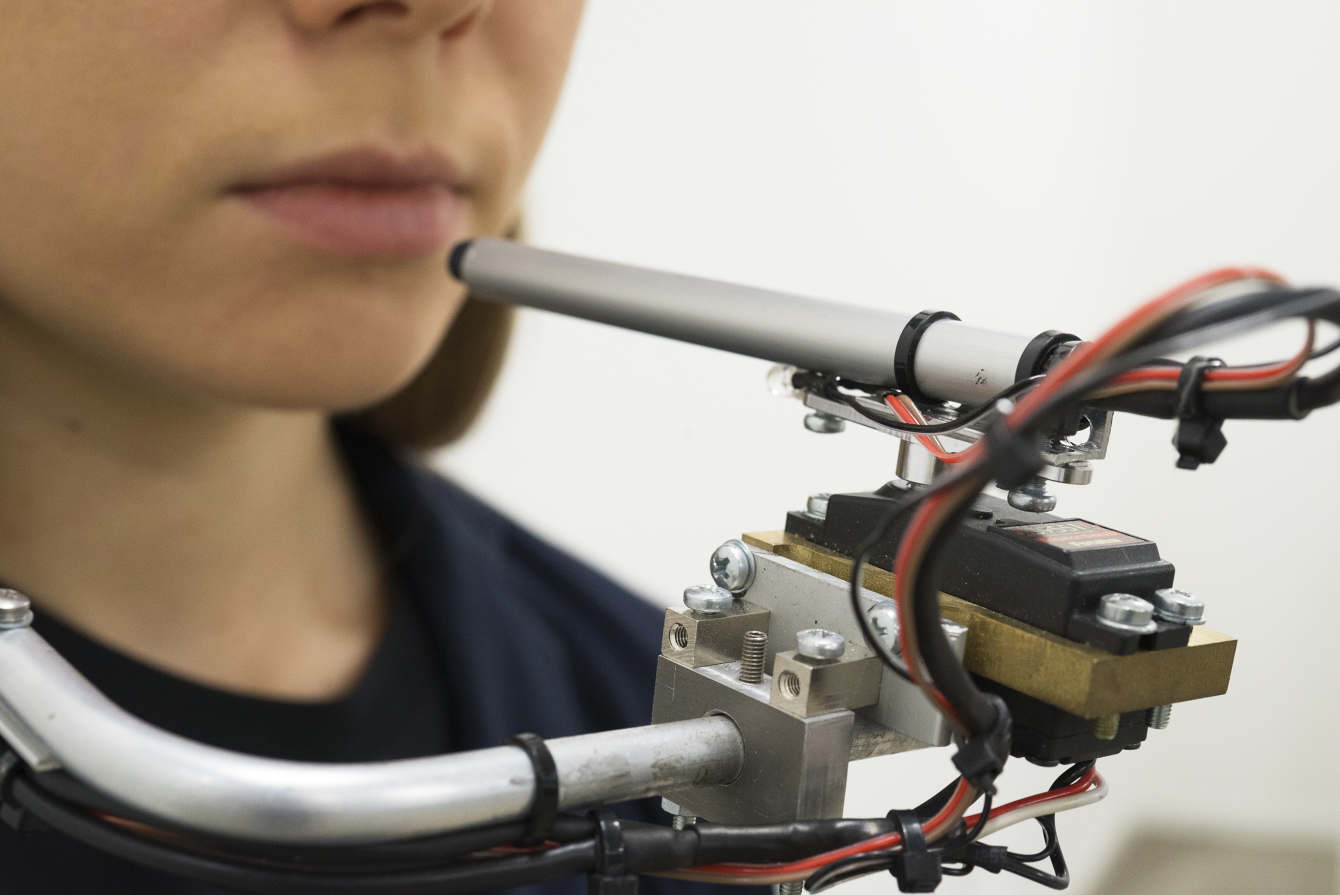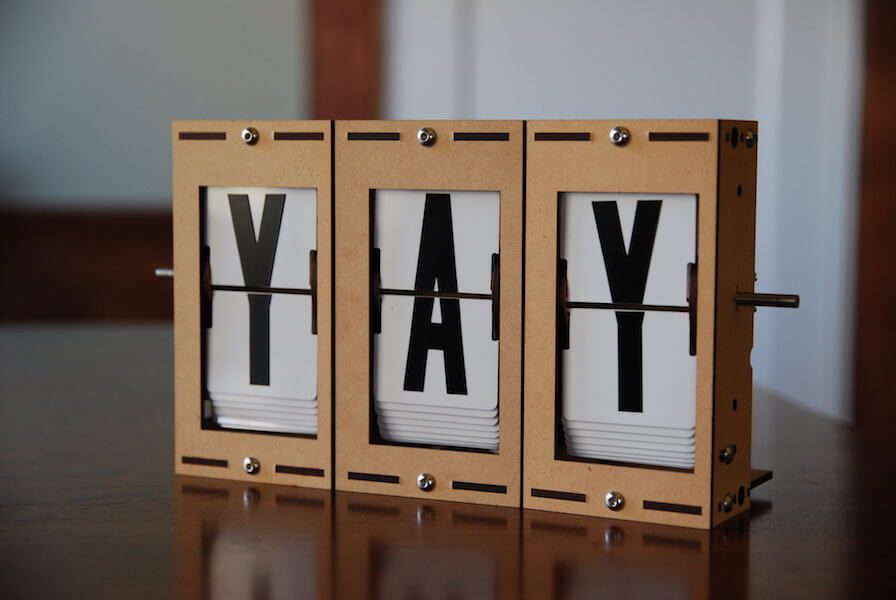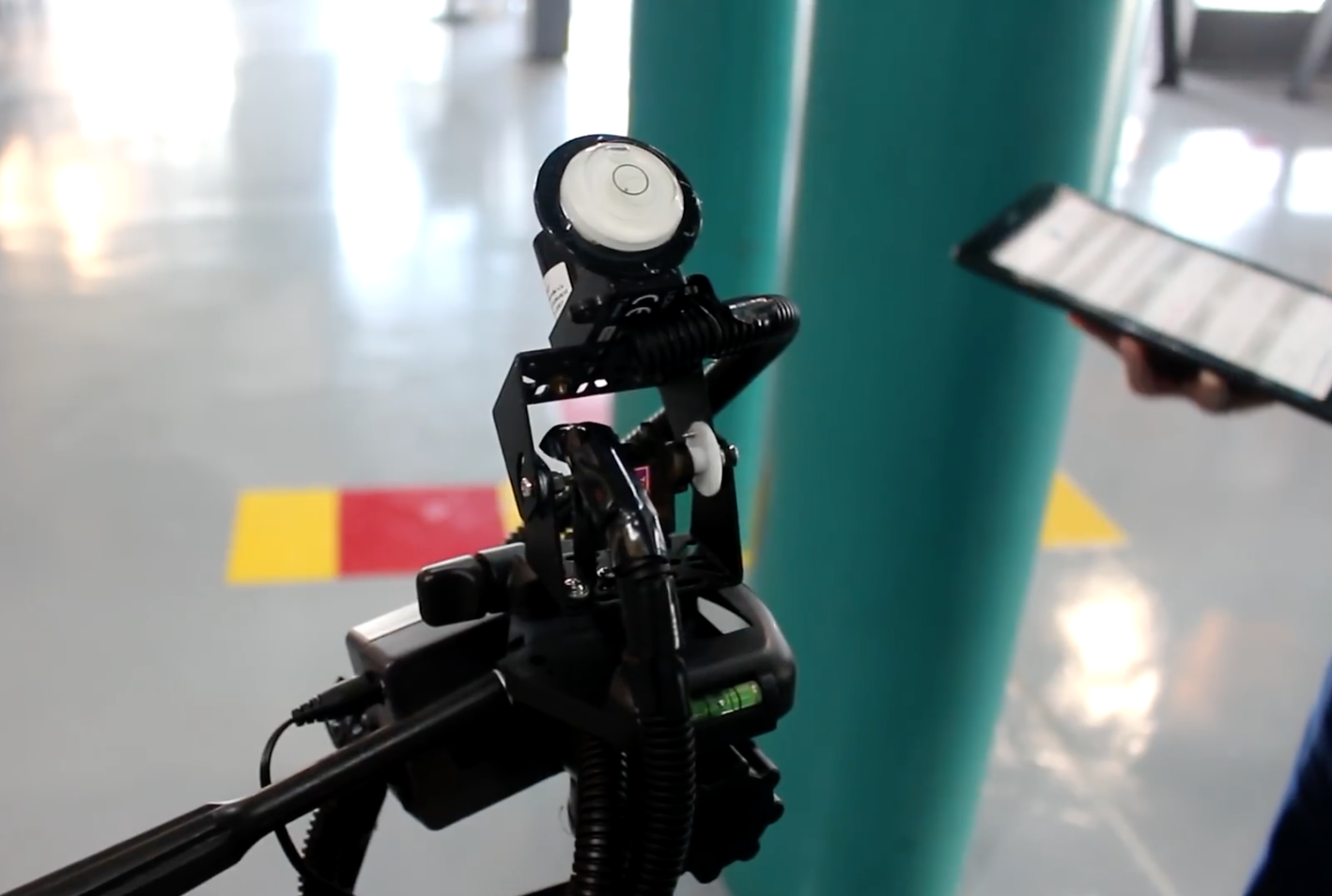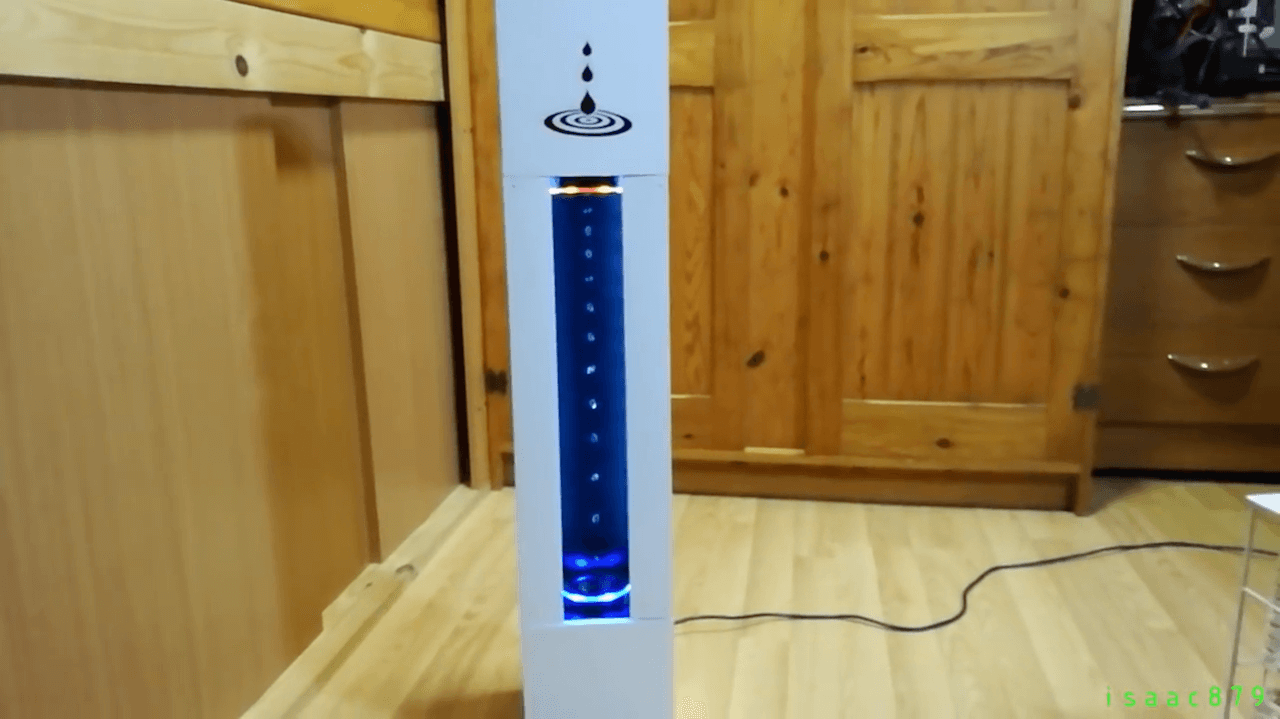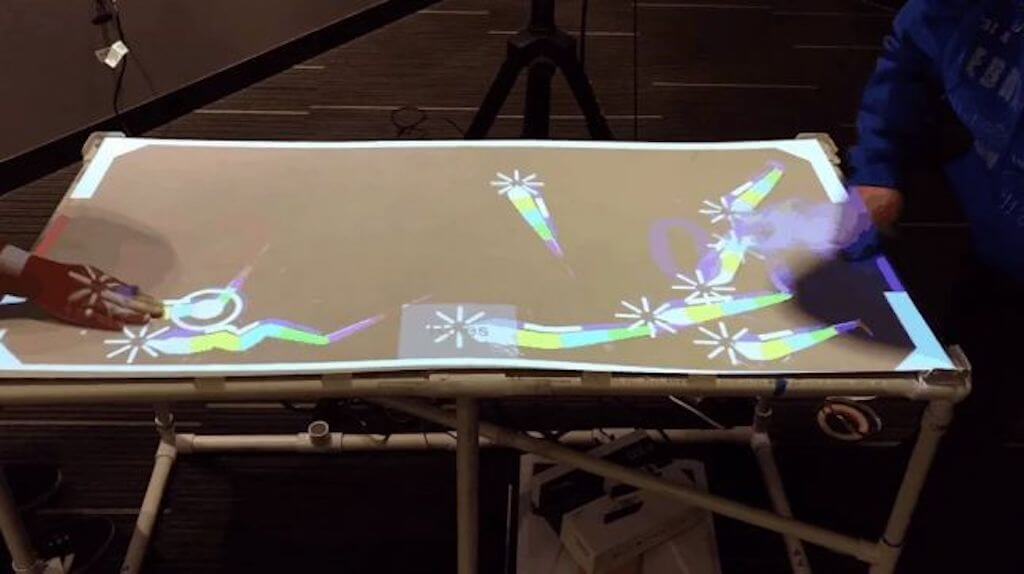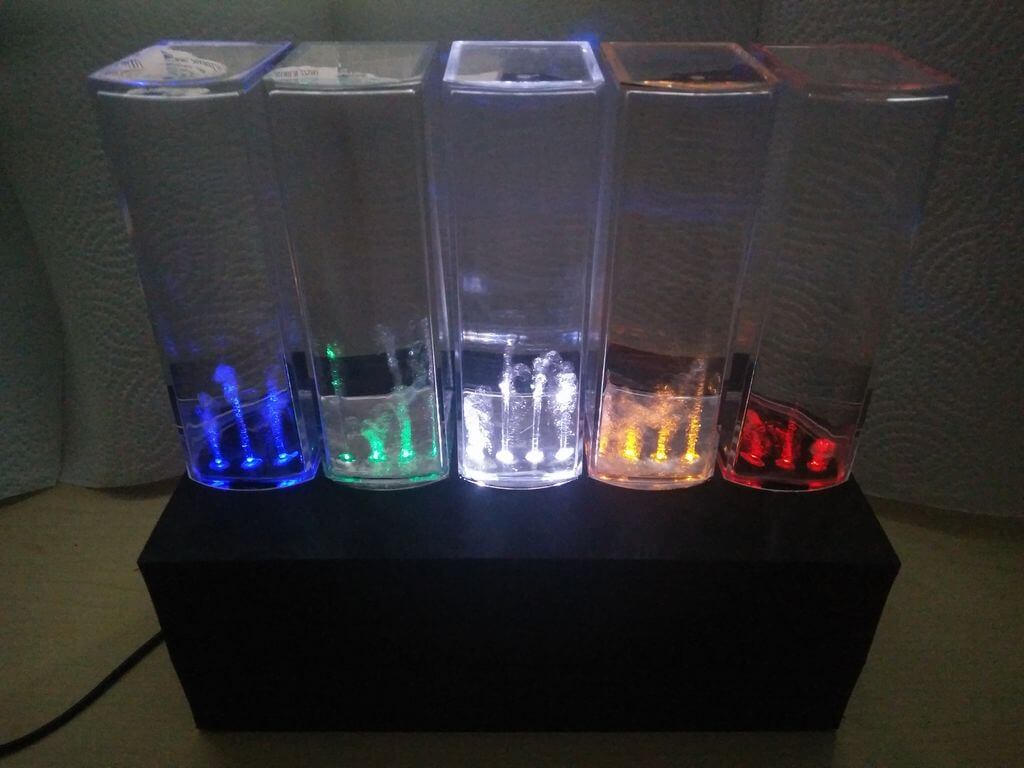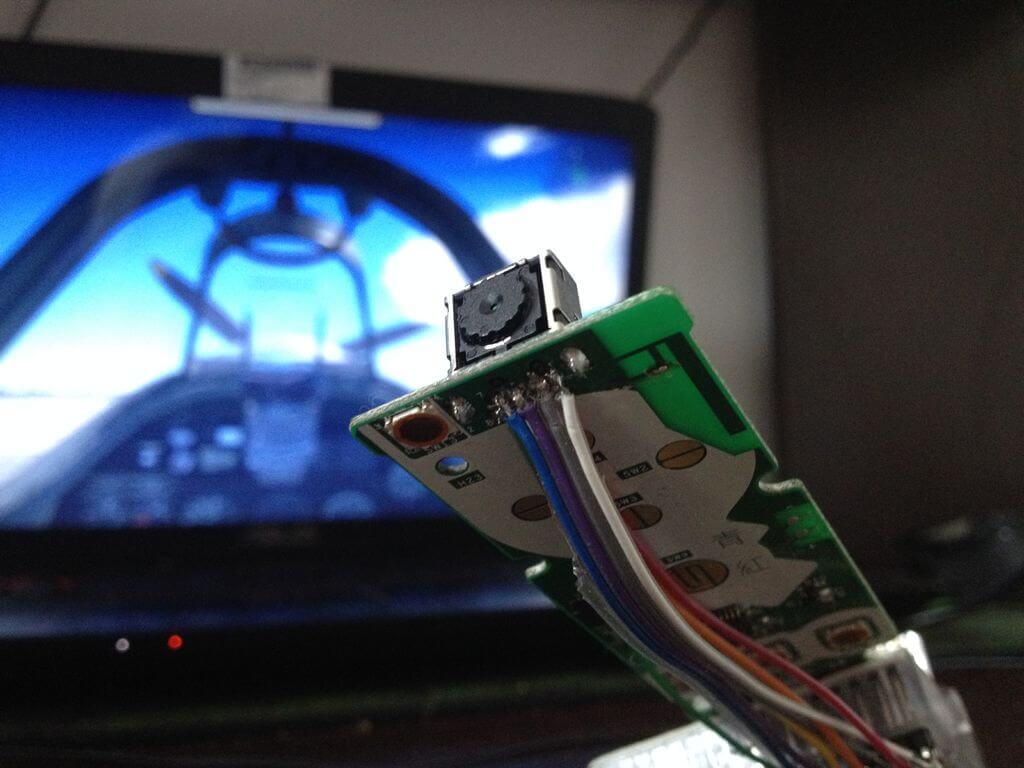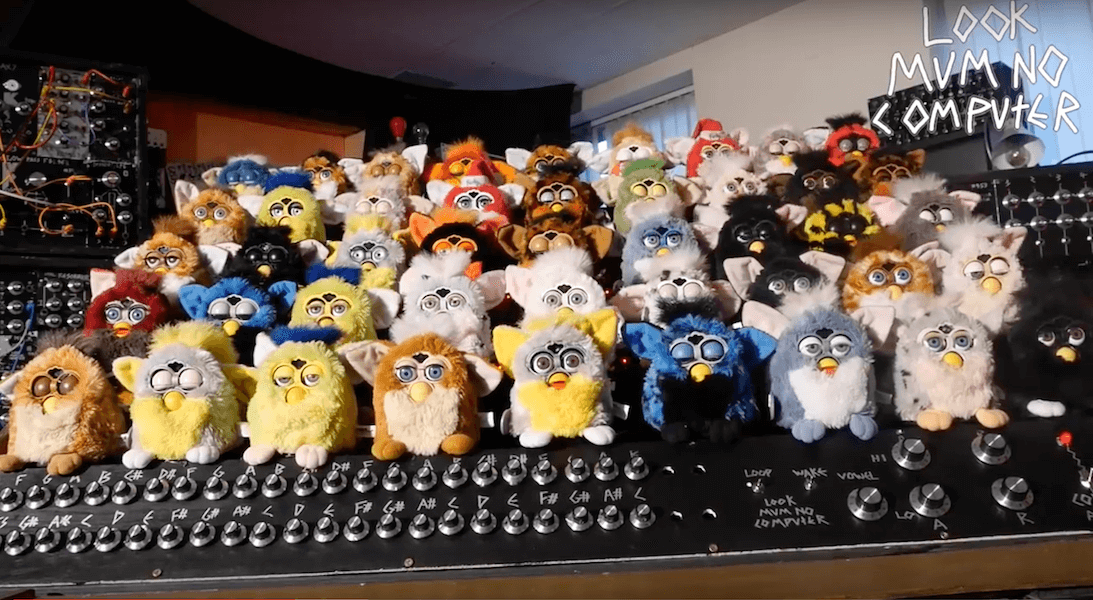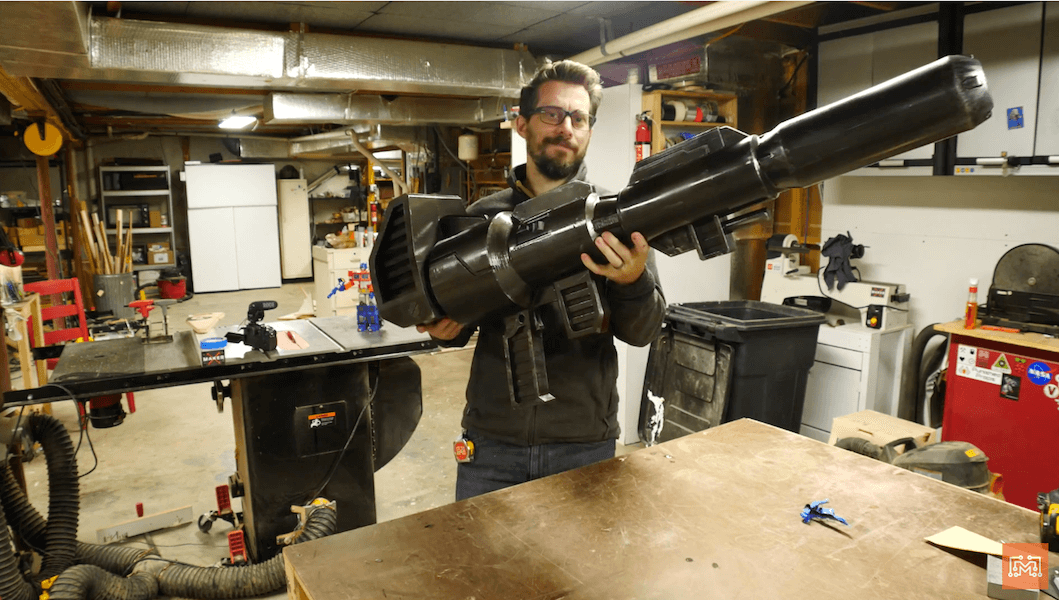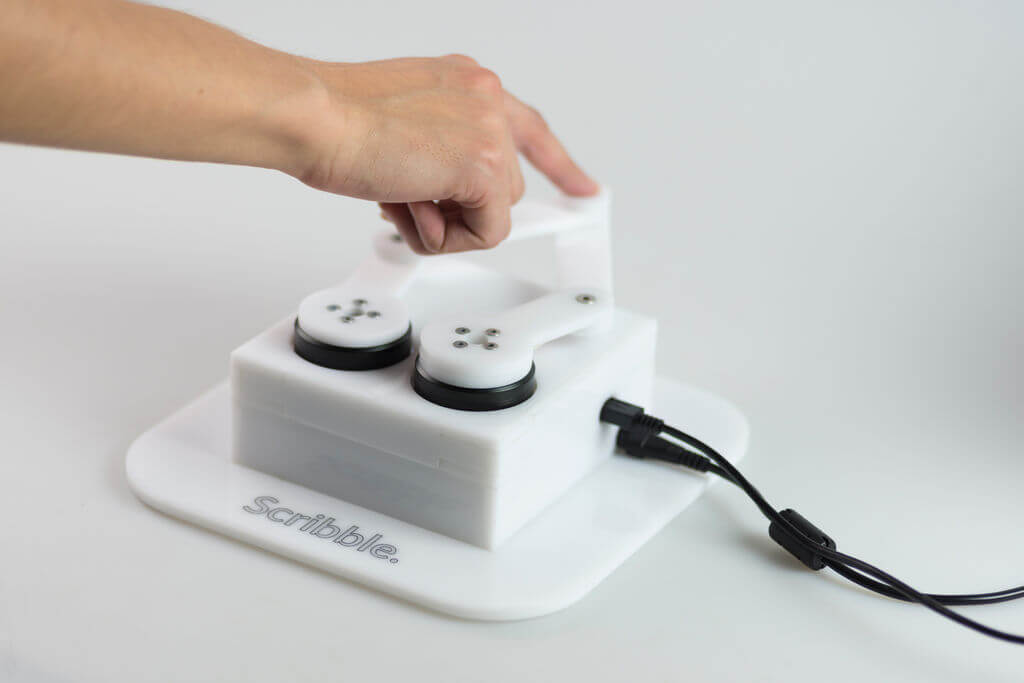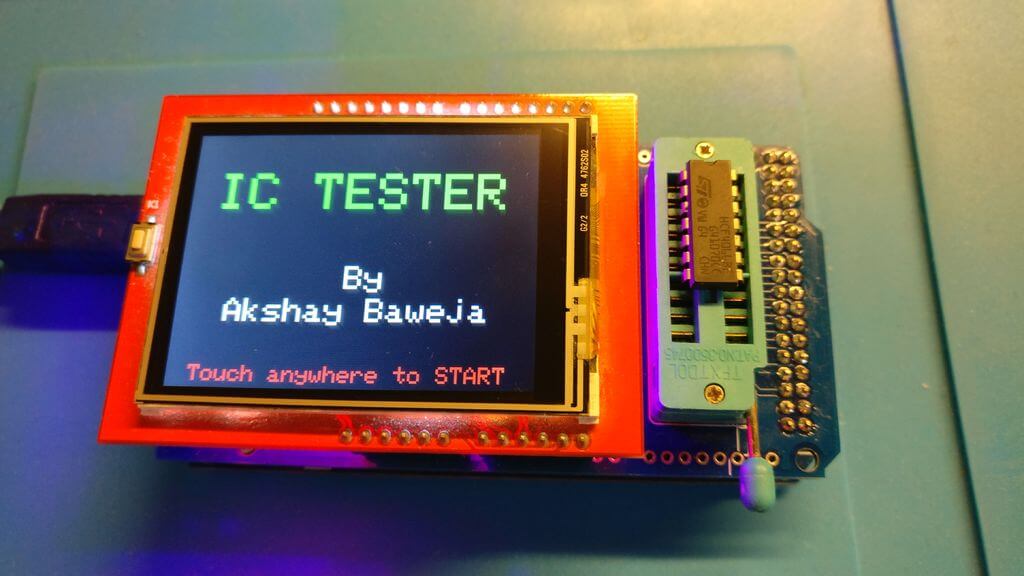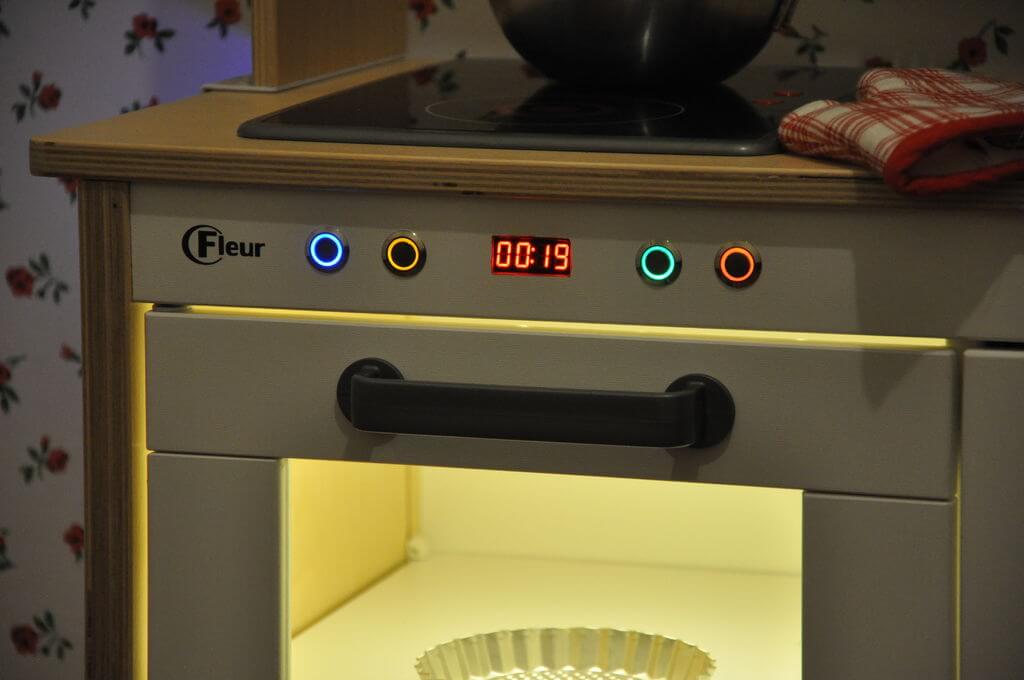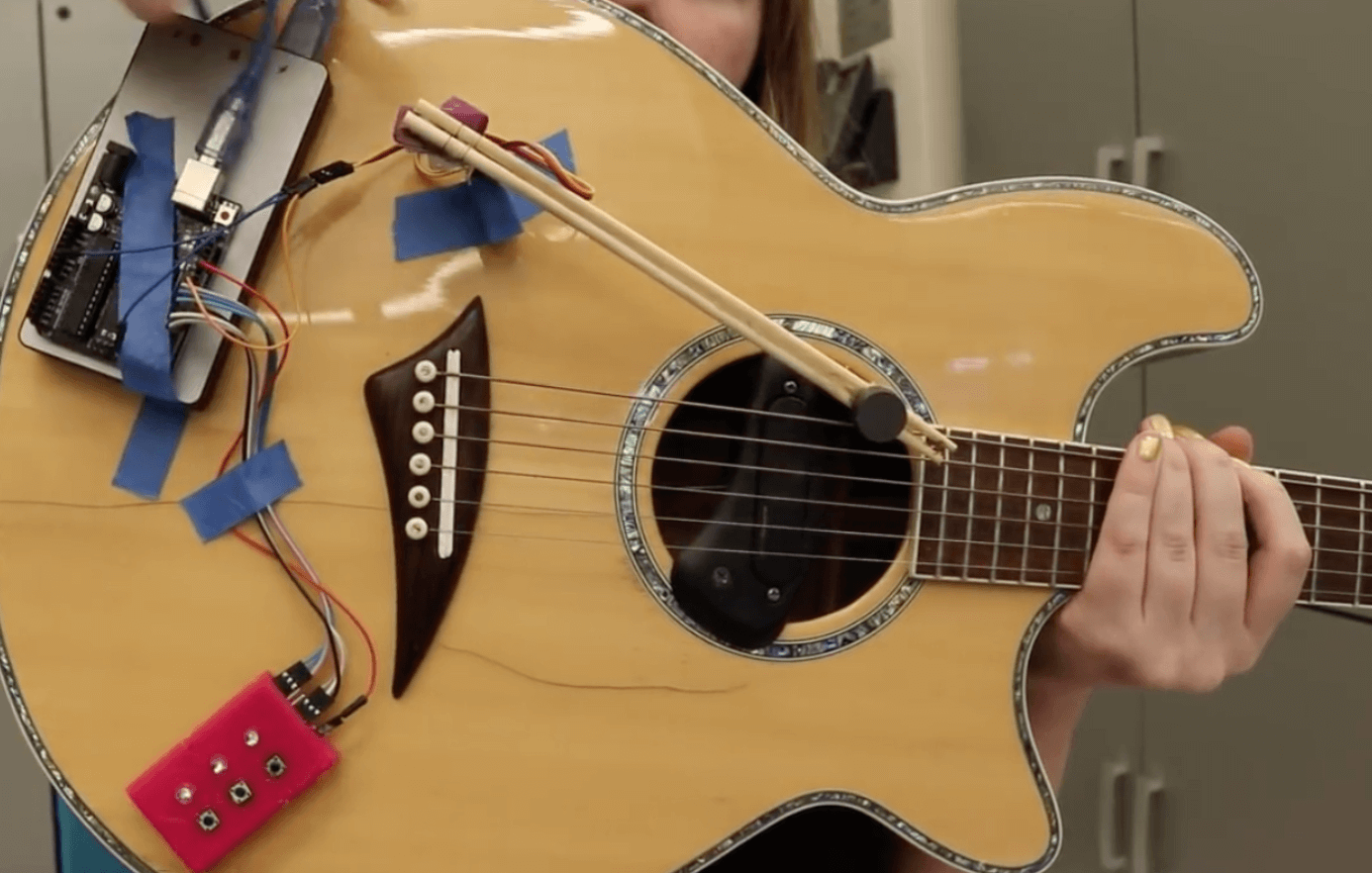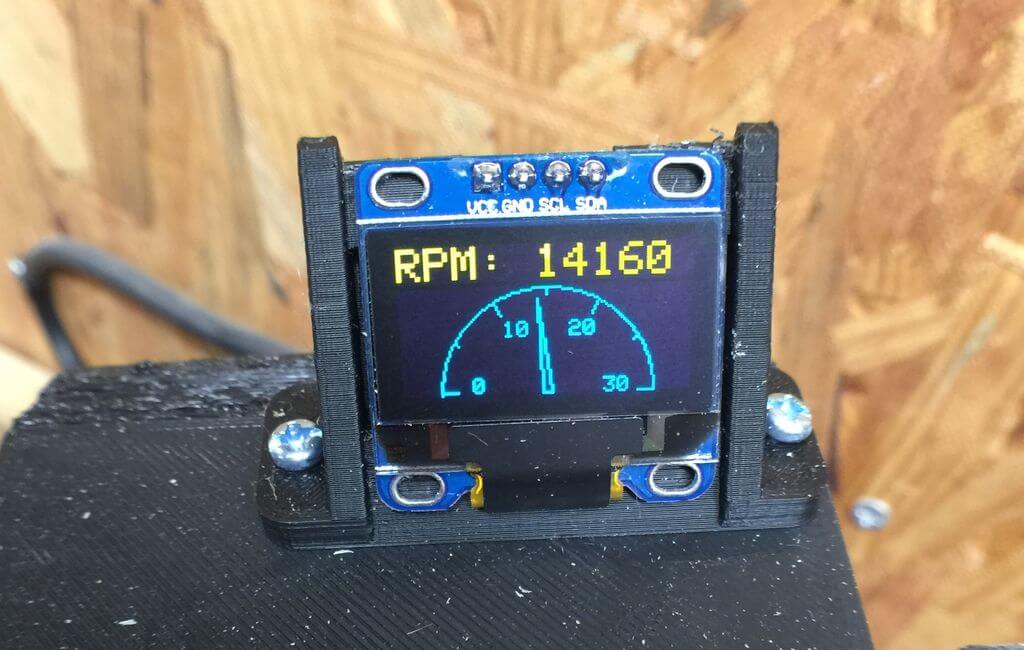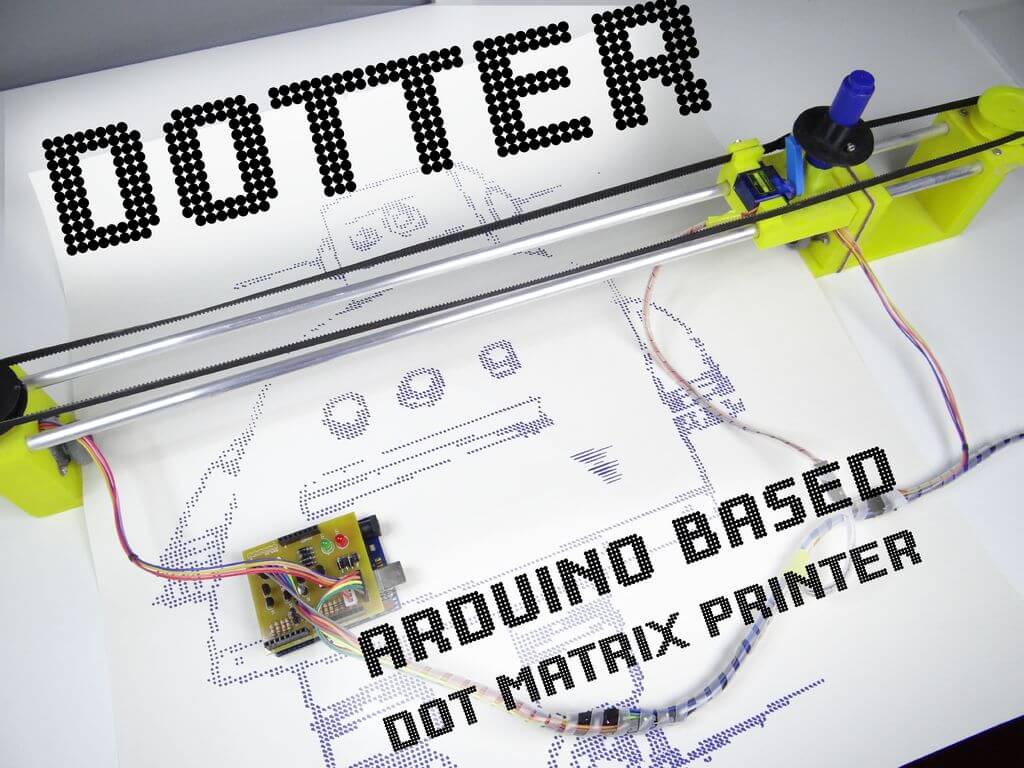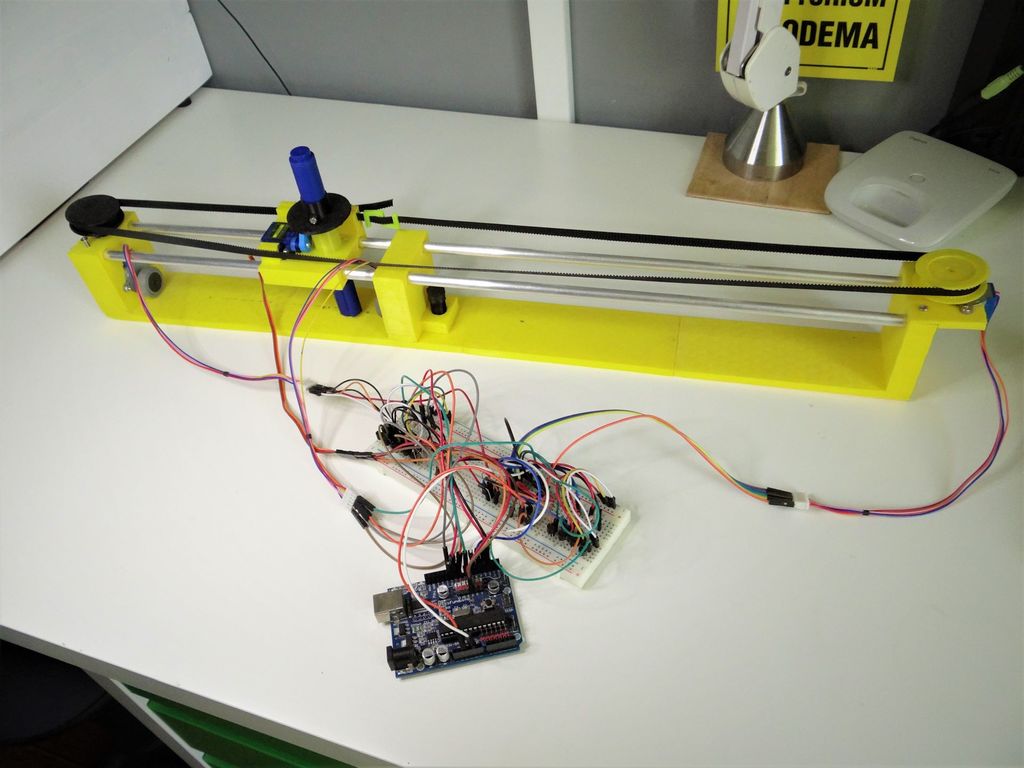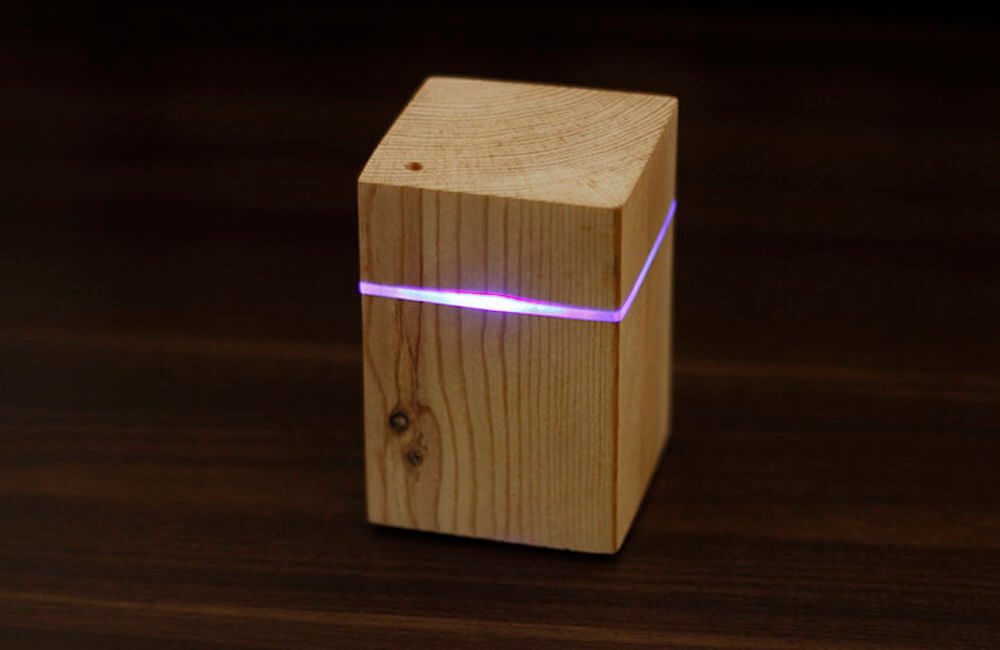If you’ve always wanted a cat, but happen to be allergic to feline friends, fear not as you can soon make your very own robotic cat.
Thanks to a design by Rongzhong Li, a programmer, the robotic cat combines artificial intelligence with some pretty exciting features. As part of his “OpenCat” project, Li designed a robot that combines an Arduino Pro Mini with a Raspberry Pi 3 model B. You can watch the artificial feline in the video below.
Robotic pets have been enjoying increasing popularity. For example, the Sony AIBO made quite a splash when it was launched 11 years ago. However, robots are still super expensive. The AIBO will set you back $1,800. And the most of the Wowwee robots that you can buy in a store aren’t exactly smart.
The OpenCat project might change that. It is available as part of a GPL3+ license. So far, there’s no documentation, but Rongzhong Li plans to have it ready as soon as his job at the University leaves him some time.
The Arduino is used to control the movement of the robot, whilst the Raspberry Pi enables the robot to have a personality – well, sort of. Li explained on Hackster.io:
“The Pi takes no responsibility for controlling detailed limb movements. It focuses on more serious questions, such as “Who am I? Where do I come from? Where am I going?” It generates mind and sends string commands to the Arduino slave. Motion instructions can still be sent to the Arduino in a slower manner.”
Robots for anyone thanks to open-source
If you cannot afford the Raspberry Pi or want a simplified model of the robot, Li has also added the plans for a cat with just the Arduino part.
Meanwhile, the full version provides enhanced AI perception and also includes an infrared, voice and night vision interface.
Li adds: “You can imagine it as a legged Android phone or Alexa that has an app store for third-party extensions.”
The full version cat needs multiple precisely printed structures with various filaments. Add two day for printing and post-processing. The 3D printed part have to be assembled with specific accessories and tools. Some mechanisms are designed at
The final robot can run at 2.6 meters/sec for 60 minutes or stream videos for multiple hours.
Originally, Li created the OpenCat to test the Raspberry Pi and learn the coding hardware. He wanted to find out exactly what it could do. The final version, however, may even make it to commercial production as Li plans to start his own business.
In addition, Li is now using his skill set to teach a robotics class at university. He hopes to sell even more kits to generate the revenue necessary to keep the project rolling.
“I believe in the power of open-source if everyone could grab a robot and start to solder and code. Rather than a final product, it shows the potential backed by a growing maker community,” he added.
Robot versus real cat. (Image: Rongzhong Li, Hackster.io)
Source: Hackster.io
Website: LINK



